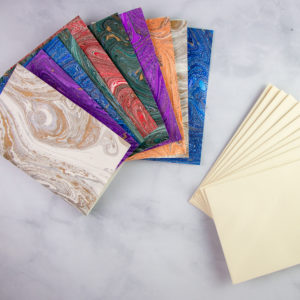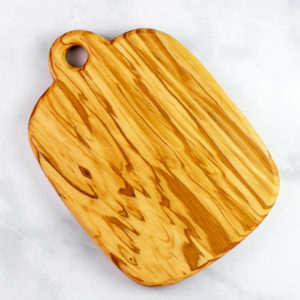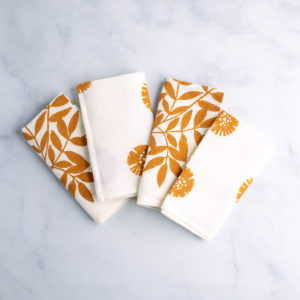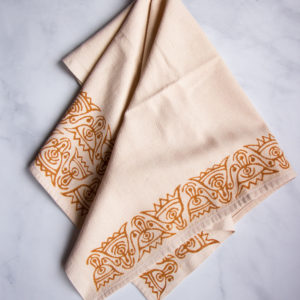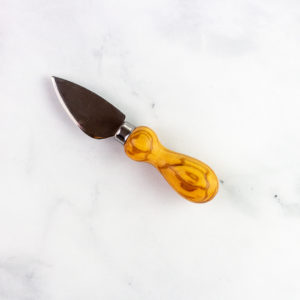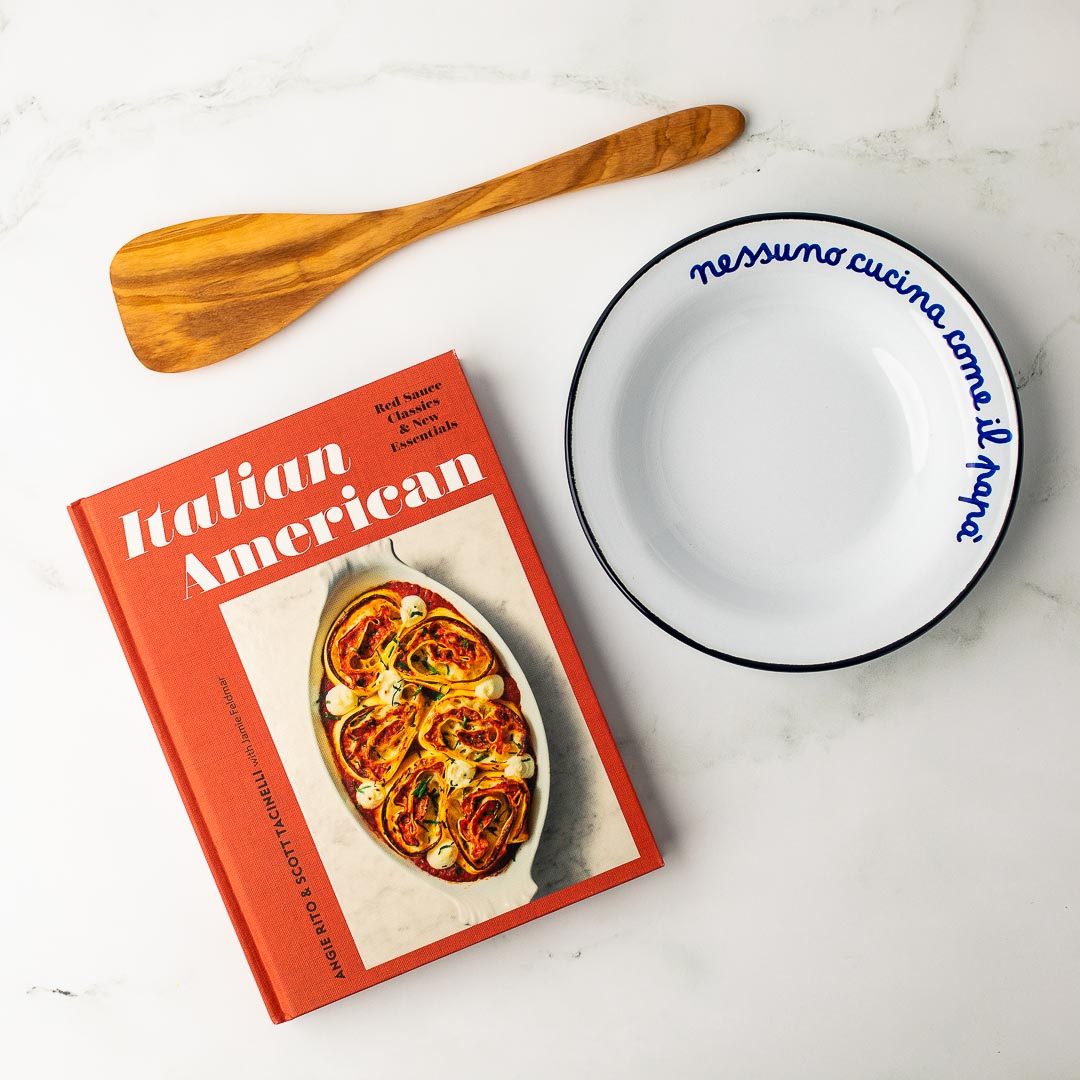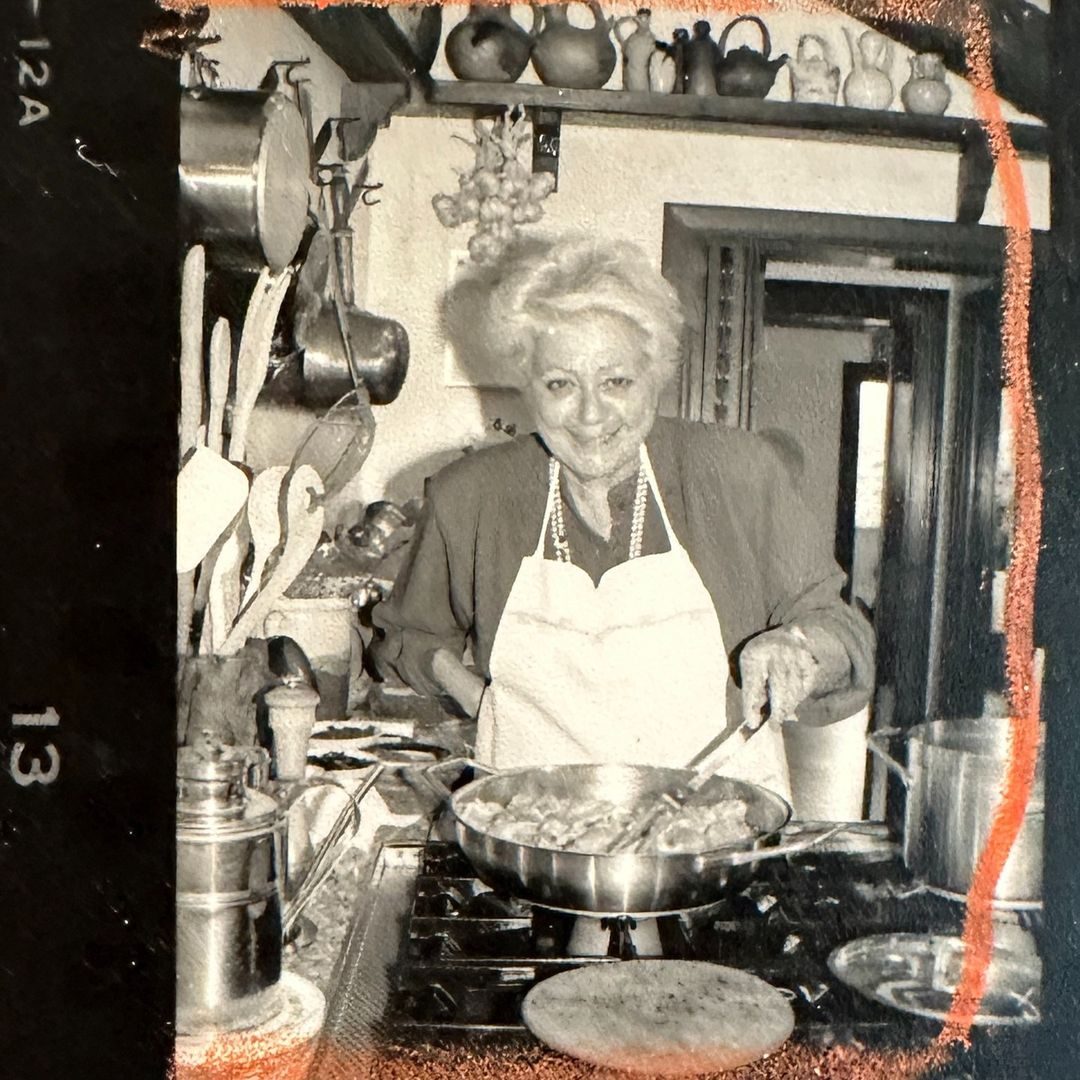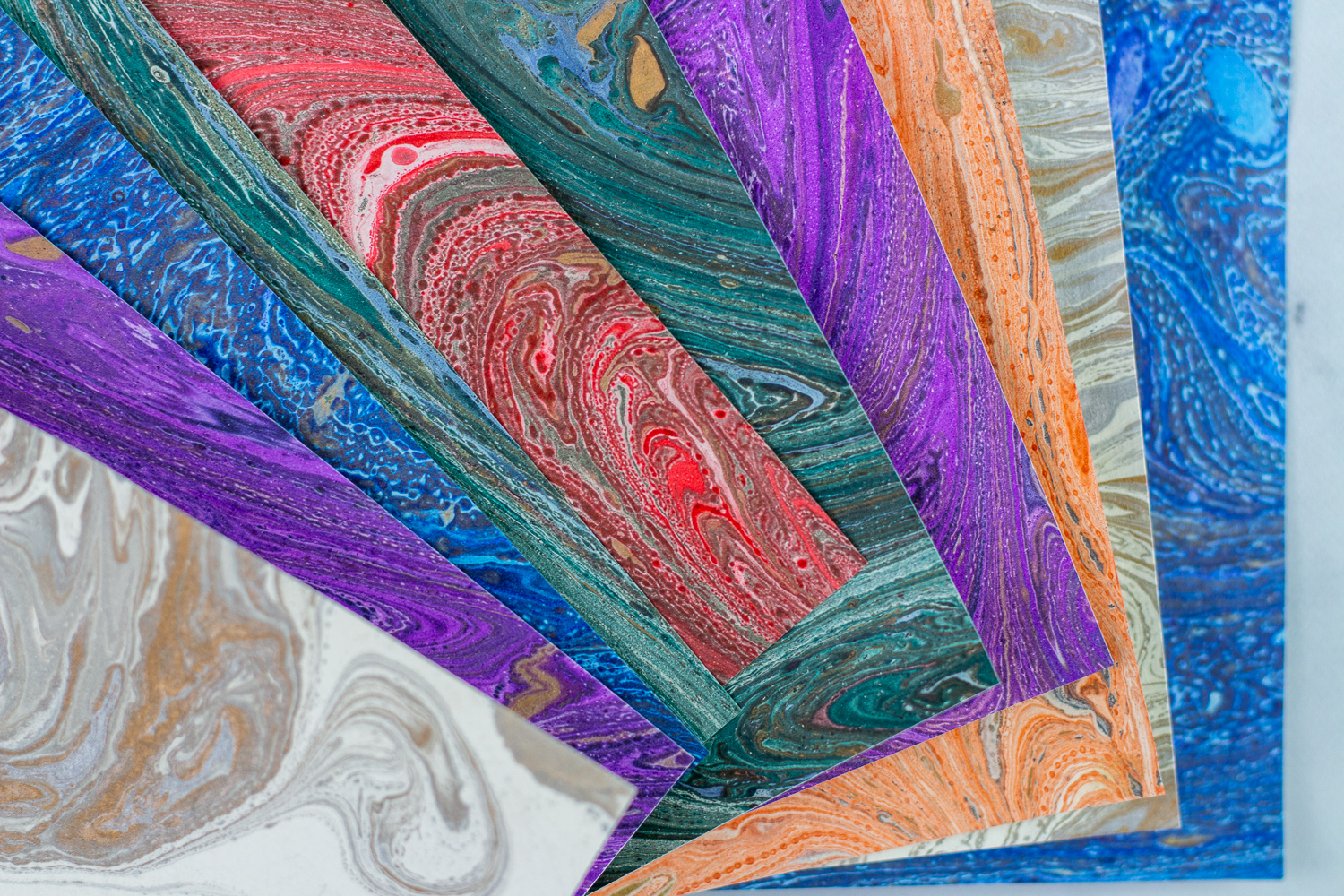
How Italian Marble Paper is Made
I’ll never forget the first time I walked into a cartoleria, or stationery shop, in Florence. Among the delicately decorated postcards and stationery were full sheets of marbled paper, swirled in rich greens, golds, and blues.
I couldn’t possibly imagine wrapping anything in it, much less writing on it – it seemed like it belonged in a frame, or in a museum. In the end, I settled on a box of stationery, reserved for extra special snail mail to my friends and family who I knew would be struck by its beauty, just as I was.
I soon discovered that the art of paper marbling is a prized art in Italy, although the artisans who do it are fewer and fewer as the years go by. Today, the art of paper marbling is found all over the world, but there’s no denying that the Italians took the art form and made it their own.
The History of Marbled Paper
The origins of marbled paper date back centuries, likely originating in China and spreading to Central Asia and Japan. The technique reached Persia around the medieval period, where artisans became masters of ebru, or paper marbling. Bringing the craft to new heights, these artists were celebrated by the highest reaches of society, and wealthy patrons – even sultans – would commission them to decorate books all the way through the 17th century.
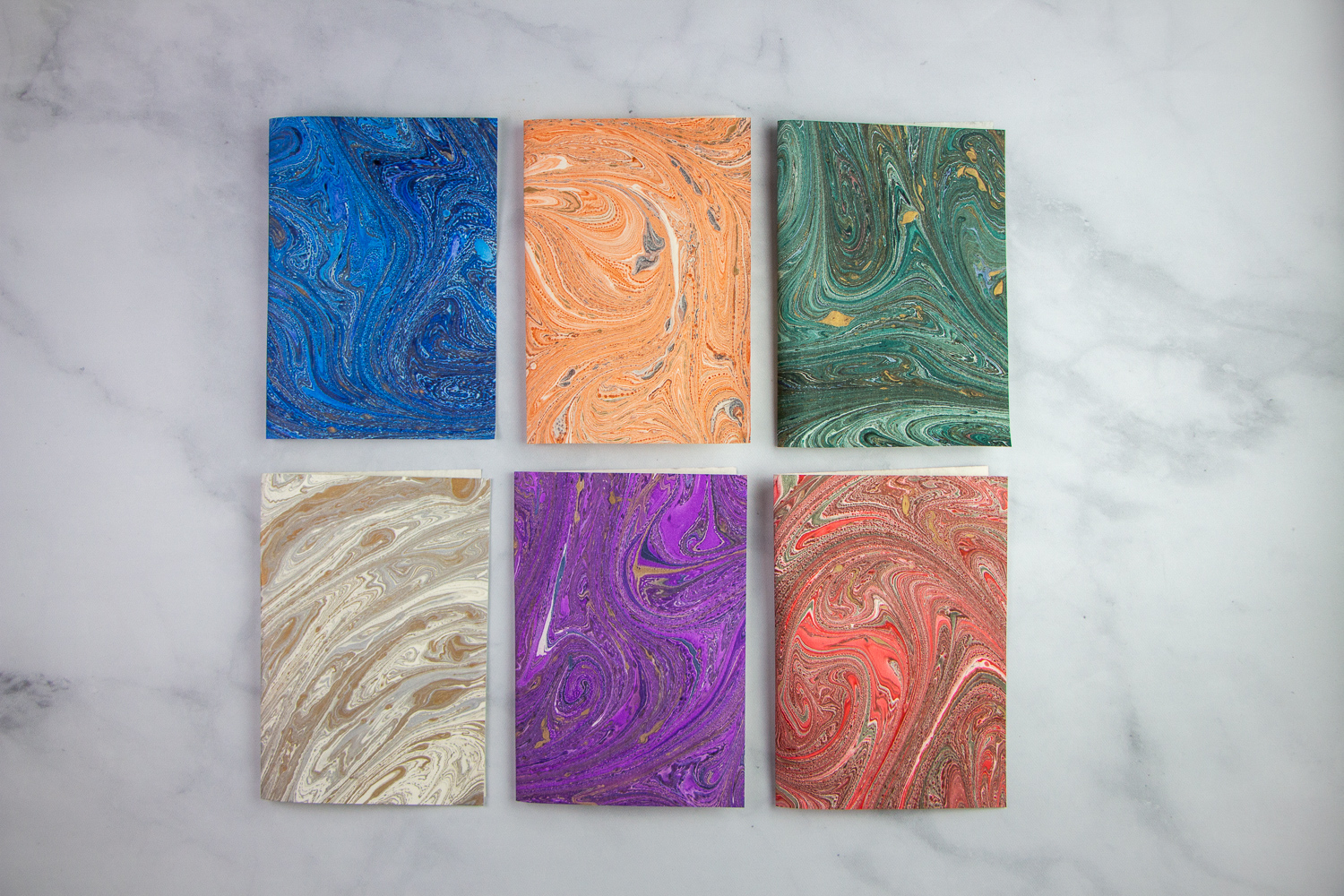
So, how did marbled paper get to Italy? Fast forward to 15th century Venice: the Republic is poised to become the gateway to the East, and the Gutenberg printing press has birthed a brand new industry known as bookbinding. Although the technique did not catch on right away, bookbinders soon began decorating the covers of their books with this specially crafted paper, having been exposed to this enchanting art form. With their eye for detail and passion for aesthetic beauty, it wasn’t long before Italian artists became experts themselves.
How Italian Marbled Paper is Made
It turns out that the process for marbling paper is just as magical as the final result. First, the artist fills a shallow pan with water or a natural gelatinous substance to help the colors float to the top. Next, the artist pours in their colors – traditional artists might have used oil-based paints, though artists today often use acrylics.
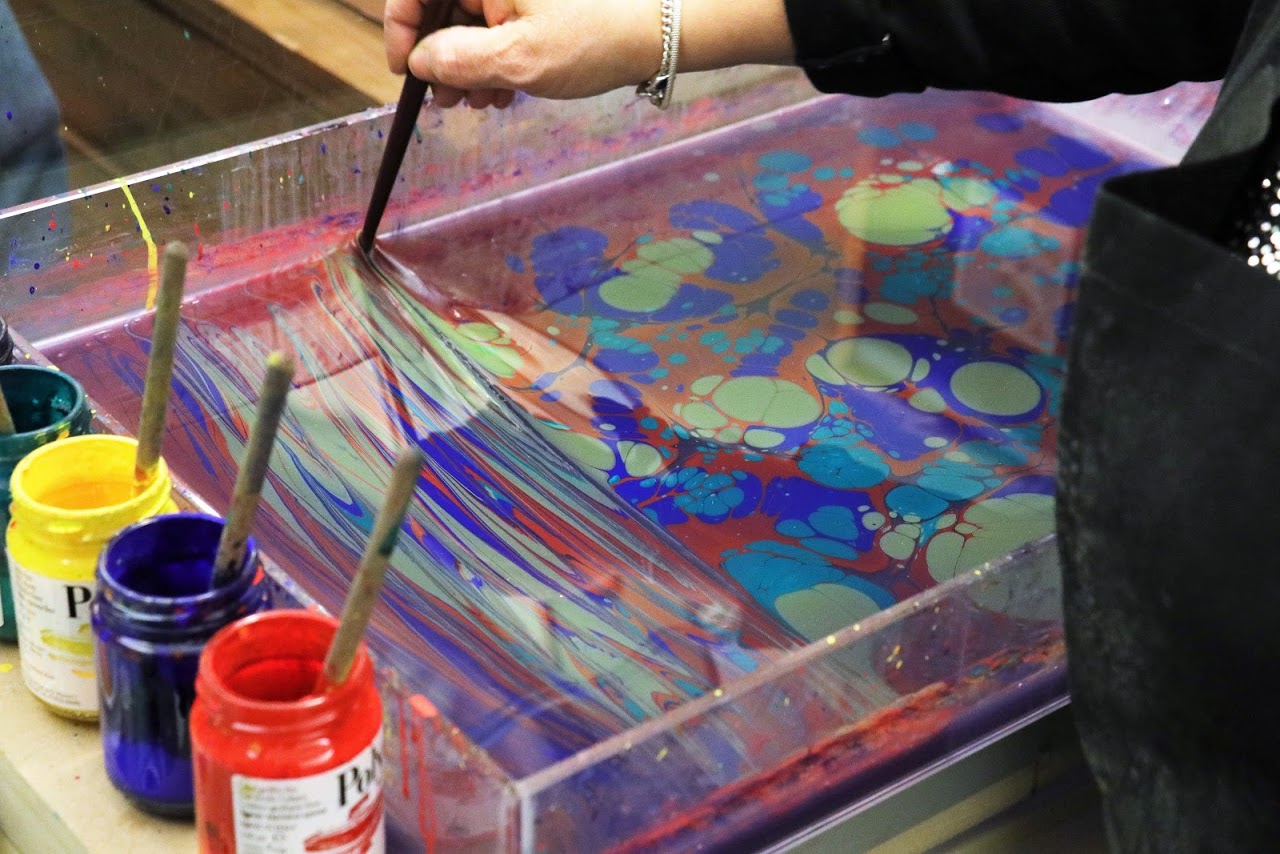
The next step is where the magic happens: the artist takes a fine comb, rake, or even horsehair, and drags it through the colors on the water’s surface, creating organic patterns and swirls along the way. Once satisfied with their pattern, the paper is laid carefully onto the colors – directly into the water! – and the pattern is transferred onto the paper.
Where to Find Italian Marbled Paper
These days, it can be difficult to find artists who produce hand-made marbled paper in the traditional way. That’s why we went to our favorite shop – the same one that first struck me as a young girl in Florence – to source our marbled paper stationery.
Il Papiro was founded in 1976 by Francesco Giannini and Gianni Parenti, two native Florentines with a passion for the traditional crafts of their city. These paper decoration techniques, from hand-marbling to wood engraving, date back centuries in the most famous art city in Italy. To this day, Il Papiro focuses on protecting these timeless crafts, and the artisans who make them.
The next time you’re in Florence, be sure to stop by their shop for a deeper dive into the world of Florentine paper crafts (and definitely treat yourself to a few notecards or journals). No two of their cards will ever be exactly the same, and we simply love that.
Post a Comment
You must be logged in to post a comment.


